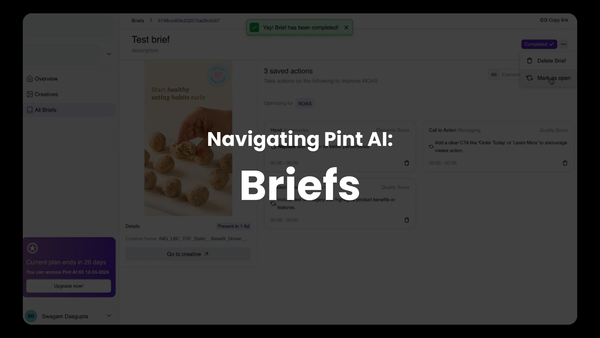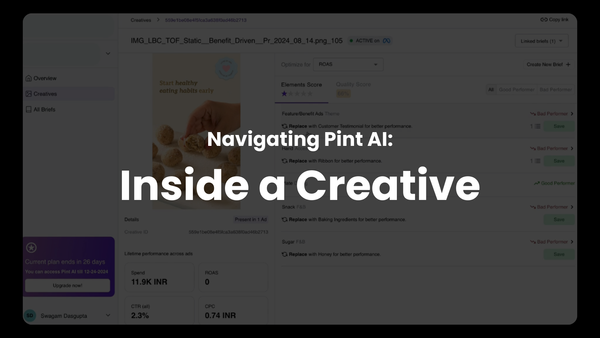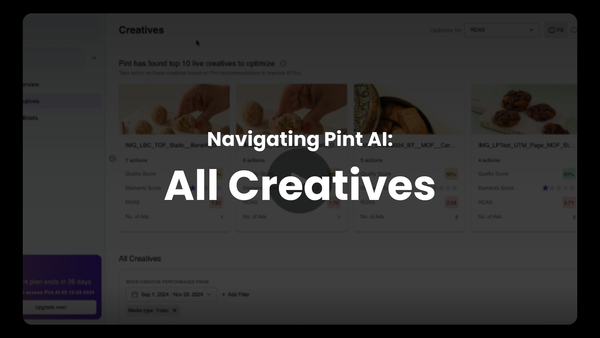Marketing Attribution Made Simple: Part 1
Marketing attribution is one of the toughest parts of a marketer's job; figuring out attribution can really elevate the your understanding of what's driving purchases.
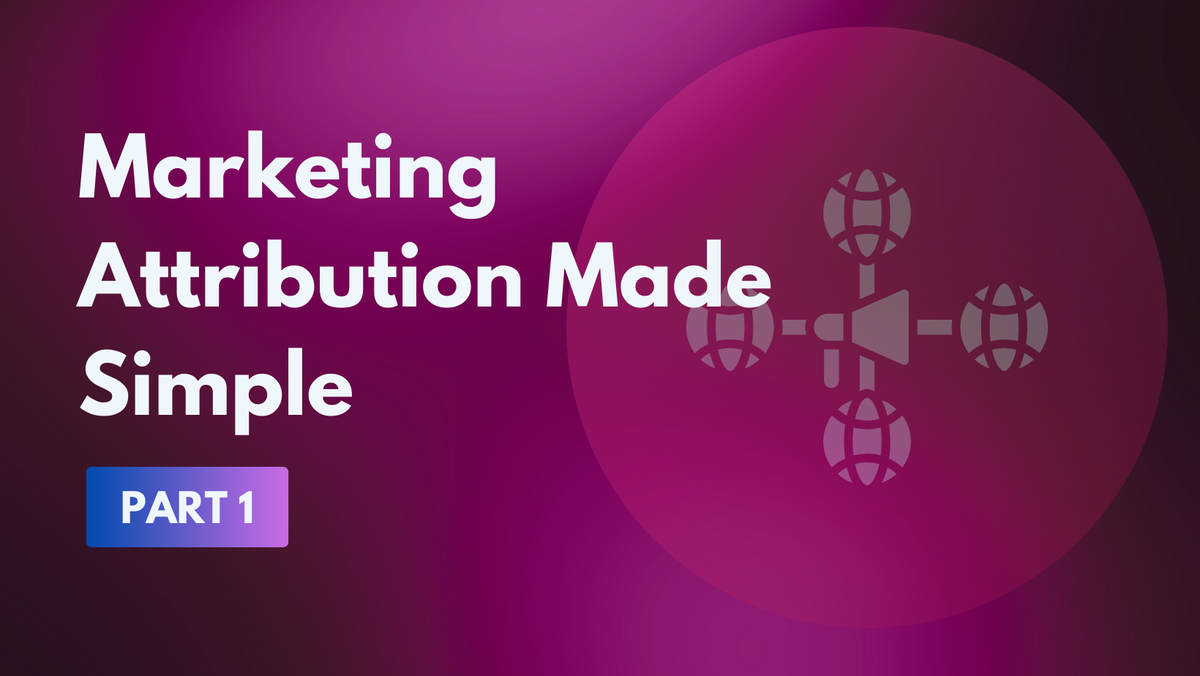
Marketing attribution has always been, and will always be one of the most confusing parts of a marketer's job.
Put simply, what you're trying to do here is to figure out the various touchpoints a customer interacts with before making a purchase, and figure out how much each touchpoint contributed to the ultimate purchase.
This helps because then you know how to allocate resources to the right touchpoints and optimize strategies. So what are all the different ways to figure out attribution?
A quick into on attribution by Masters in Marketing
There are two broad models of attribution — single-touch models and multi-touch models.
Single-Touch Attribution Models
Single-touch attribution assigns all the credit for a conversion to one touchpoint in the customer journey. There are two primary single-touch models:
First-Touch Attribution
First-touch attribution gives all the credit for a conversion to the initial interaction a customer has with a brand.
This model is based on the assumption that the first touchpoint is the most crucial because it begins the customer's journey.
Example:
A user sees a Facebook ad for a new product and clicks on it to visit the company’s website. Although the user does not make a purchase immediately, they return to the website directly a week later and buy the product. In first-touch attribution, the Facebook ad receives all the credit for the conversion.
Advantages:
- Simplicity: First-touch attribution is easy to understand and implement. It gives all the credit to the first interaction, making it straightforward for marketers to analyze the initial point of contact.
- Focus on Lead Generation: This model highlights the effectiveness of top-of-the-funnel activities, helping marketers identify which channels are best at attracting new leads.
Disadvantages:
- Ignores Subsequent Interactions: By focusing solely on the first touchpoint, this model overlooks the impact of subsequent interactions that may significantly influence the customer's decision to convert.
- Limited Insight: It provides an incomplete picture of the customer journey, potentially leading to misinformed decisions about where to allocate marketing budgets.
Last-Touch Attribution
Last-touch attribution credits the final interaction before conversion.
The final interaction is the most influential in the customer's decision to make a purchase.
Example:
A user initially finds a product through a Google search ad, later interacts with several social media posts about the product, and finally clicks on an email campaign link to make the purchase. In last-touch attribution, the email campaign receives all the credit for the conversion.
Advantages:
- Clarity on Conversion: Last-touch attribution credits the final interaction before conversion, making it clear which touchpoint directly led to the sale.
- Ease of Implementation: Like first-touch attribution, this model is easy to implement and understand.
Disadvantages:
- Ignores Previous Touchpoints: This model disregards all prior interactions that may have played a significant role in the conversion process, leading to an incomplete understanding of the customer journey.
- Overemphasis on Closing Touchpoints: It can lead to an overemphasis on touchpoints that close sales, potentially neglecting the importance of awareness and engagement stages.
Multi-Touch Attribution Models
Multi-touch attribution models distribute credit across multiple touchpoints, offering a more comprehensive view of the customer journey.

Here are some kinds of multi-touch attribution models:
Linear Attribution
Linear attribution assigns equal credit to every touchpoint in the customer journey.
Each interaction is considered equally important in leading to the final conversion.
Example:
A user interacts with a product through a display ad, reads a blog post about it, clicks on a retargeting ad, and finally makes a purchase after clicking on an email link. In linear attribution, each touchpoint (display ad, blog post, retargeting ad, and email link) receives equal credit for the conversion.
Advantages:
- Equal Credit Distribution: This model ensures that all marketing efforts are recognized, providing a balanced view of the entire path to conversion.
- Simplicity: The linear model is easy to understand and implement, making it a good starting point for businesses new to multi-touch attribution.
Disadvantages:
- Lacks Nuance: By assigning equal credit to all touchpoints, it fails to identify which interactions were most influential in driving the conversion.
- Overlooks the Impact of Timing: It does not consider the varying influence of touchpoints based on their position in the customer journey.
Time Decay Attribution
Time decay attribution gives more credit to touchpoints that occur closer to the conversion.
The assumption is that recent interactions are more influential in the decision to convert.
Example:
A user sees a product through a social media ad a month before purchasing, clicks on a search ad two weeks later, and finally buys the product after clicking on a retargeting ad a day before the purchase. In time decay attribution, the retargeting ad receives the most credit, followed by the search ad, and then the social media ad.
Advantages:
- Focus on Recent Interactions: This model highlights the importance of recent interactions, which are often more influential in the final decision to convert.
- Reflects Purchase Behavior: It aligns with typical consumer behavior patterns, making it more realistic in certain contexts.
Disadvantages:
- May Undervalue Early Touchpoints: By focusing on recent interactions, it can undervalue the impact of initial touchpoints that introduced the customer to the brand.
- Complexity: The model is more complex to implement and analyze compared to single-touch models.
Position-Based Attribution (U-Shaped)
Position-based attribution assigns more credit to the first and last interactions, with the remaining credit distributed among the middle interactions.
This model assumes that both, the introduction and the closing stages are crucial in the customer journey.
Example:
A user first discovers a product through an influencer’s social media post, later interacts with several blog posts and display ads, and finally converts after clicking on a retargeting ad. In position-based attribution, the influencer’s post and the retargeting ad receive the most credit, with the blog posts and display ads sharing the remaining credit.
Advantages:
- Emphasis on Key Touchpoints: This model acknowledges the importance of both initial engagement and final conversion efforts.
- Balanced Insight: It provides a middle ground between single-touch and other multi-touch models by recognizing critical stages in the customer journey.
Disadvantages:
- Potential Overemphasis: It may overemphasize the importance of the first and last touchpoints, potentially undervaluing middle interactions.
- Complexity: Position-based attribution is more complex to implement and analyze compared to simpler models.
Data-Driven Attribution
Data-driven attribution uses machine learning to assign credit based on the actual performance data of touchpoints.
It continuously learns and adapts to changes in consumer behavior and marketing strategies.
Example:
A user interacts with multiple marketing channels, including social media ads, search ads, email campaigns, and direct website visits. Data-driven attribution analyzes all these interactions and assigns credit based on which touchpoints most effectively led to the conversion, providing a customized attribution model for the specific business.
Advantages:
- Custom Attribution Based on Data: Provides a more accurate and tailored view of what drives conversions by analyzing vast amounts of data.
- Dynamic and Adaptive: Ensures ongoing accuracy by continuously learning and adapting to changes in consumer behavior.
Disadvantages:
- Complexity and Cost: Implementing a data-driven model requires sophisticated tools and expertise, making it more expensive and complex than other models.
- Dependence on Data Quality: The accuracy of the model heavily relies on the quality and comprehensiveness of the data available.
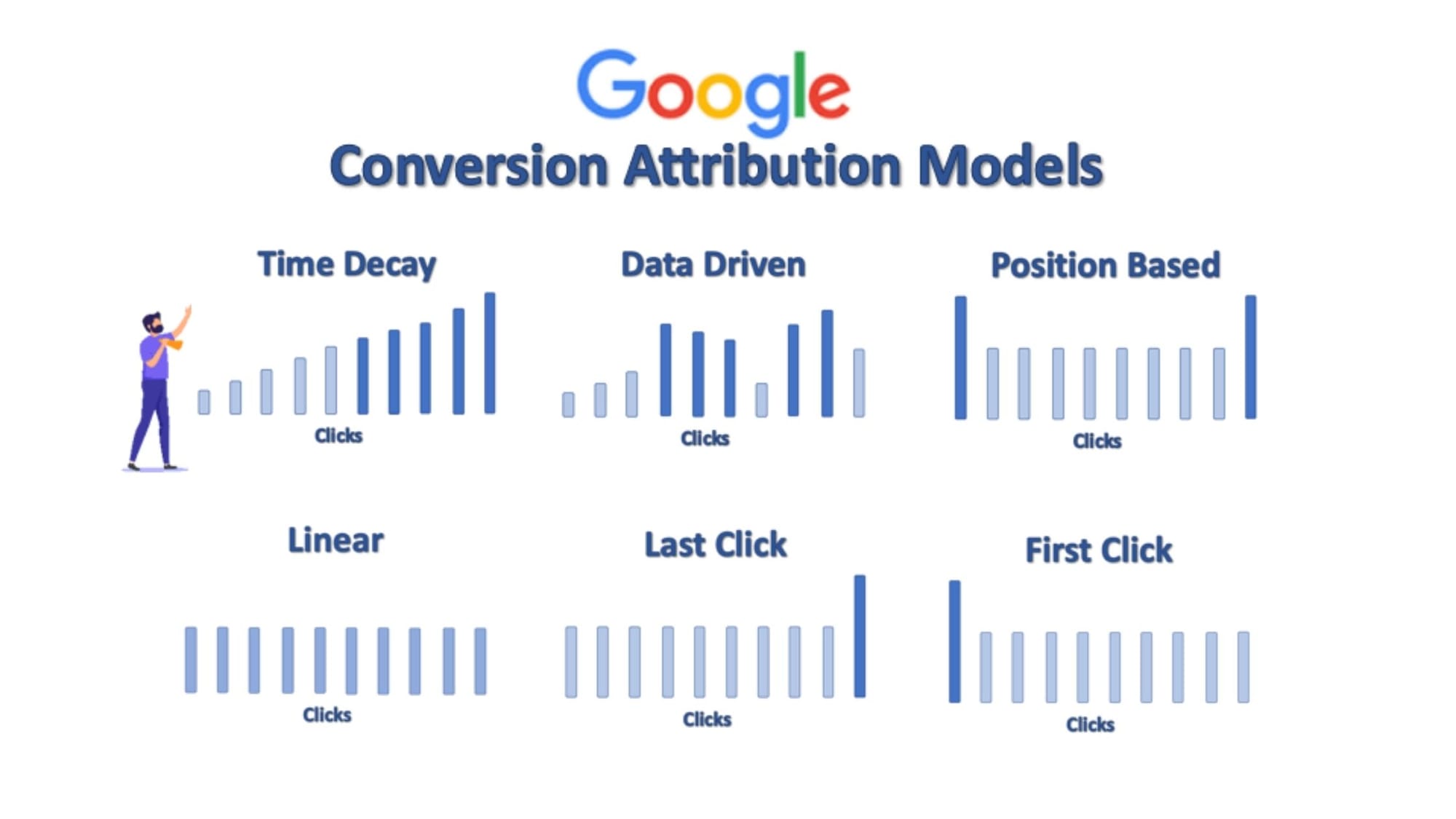
Conclusion
Understanding the advantages and disadvantages of different attribution models is crucial for marketers to optimize their strategies and allocate resources effectively.
While single-touch models offer simplicity, they often provide an incomplete view of the customer journey. Multi-touch models, though more complex, offer a comprehensive understanding of how various touchpoints contribute to conversions.
By selecting the right attribution model, marketers can gain deeper insights into their marketing efforts and make more informed decisions to drive better results.
However, even if you pick the 'right' model, there are several challenges that can surface. In the next part of this series, we will explore what these are.


